- 4,760

- Houston, TX
It seems odd that it would have wheels at all. Wouldn't it just dock at ports like an ekranoplan?
I still wonder how much ground effect advantage there is if you're going through 15- or 20-foot swells....
 Mi-8MT (a.k.a. Mi-17, Hip) by Антон Митрохин, on Flickr
Mi-8MT (a.k.a. Mi-17, Hip) by Антон Митрохин, on Flickr Mi-35 "Crocodile" (Hind-E) & Tu-160 "White Swan" (Blackjack) by Антон Митрохин, on Flickr
Mi-35 "Crocodile" (Hind-E) & Tu-160 "White Swan" (Blackjack) by Антон Митрохин, on Flickr Mi-35 "Crocodile" (Hind-E) by Антон Митрохин, on Flickr
Mi-35 "Crocodile" (Hind-E) by Антон Митрохин, on Flickr Ka-52 Alligator attack helicopters by Антон Митрохин, on Flickr
Ka-52 Alligator attack helicopters by Антон Митрохин, on Flickr Mi-28N "Night Hunter" (Havoc) by Антон Митрохин, on Flickr
Mi-28N "Night Hunter" (Havoc) by Антон Митрохин, on Flickr Tu-160 "White Swan" (Blackjack) by Антон Митрохин, on Flickr
Tu-160 "White Swan" (Blackjack) by Антон Митрохин, on Flickr Tu-95MS "Bear" by Антон Митрохин, on Flickr
Tu-95MS "Bear" by Антон Митрохин, on Flickr Tu-160 "White Swan" (Blackjack) by Антон Митрохин, on Flickr
Tu-160 "White Swan" (Blackjack) by Антон Митрохин, on Flickr Il-78 & Su-34 by Антон Митрохин, on Flickr
Il-78 & Su-34 by Антон Митрохин, on Flickr Su-30SM (?) by Антон Митрохин, on Flickr
Su-30SM (?) by Антон Митрохин, on Flickr Su-27 & MiG-29 by Антон Митрохин, on Flickr
Su-27 & MiG-29 by Антон Митрохин, on Flickr MiG-29 & Su-25 - "70" formation by Антон Митрохин, on Flickr
MiG-29 & Su-25 - "70" formation by Антон Митрохин, on FlickrComing to an airspace near you...
Sooner than you think
Coming to an airspace near you...
Sooner than you think
Probably be able to here it before it takes off.Well, at least we will be able to hear it before it leaves Russia.

I never quite understood the excitement about them, myself.
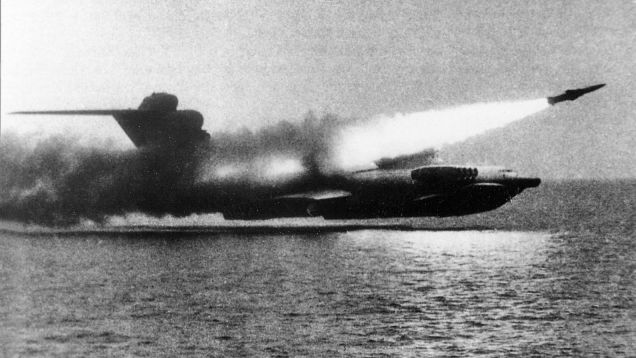
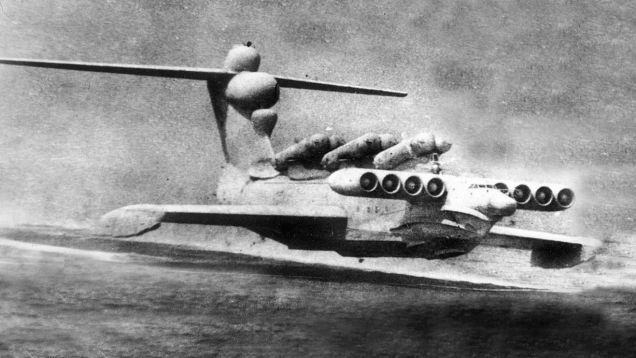
What...in all that's holy is that?!At the time of first development, Surface to surface, surface to air, anti-submarine warfare, search and rescue, supply delivery. All would have benefited in certain circumstances from a vessel that could respond at 300mph, and stop on station when it arrived there, whilst carrying a much higher payload than any of the medium range naval bombers. And at the time it looks like it would have been quite a headache for US surface to surface missile systems.
I'm guessing now, but I'm sure in rougher seas it could simply have "anchored up", or perhaps just carried on at a much reduced speed as a turbojet power boat?
Plus...
Just look at it...



What...in all that's holy is that?!
HOLY ****!!!!!


🤬 🤬

What...in all that's holy is that?!
HOLY ****!!!!!


🤬 🤬

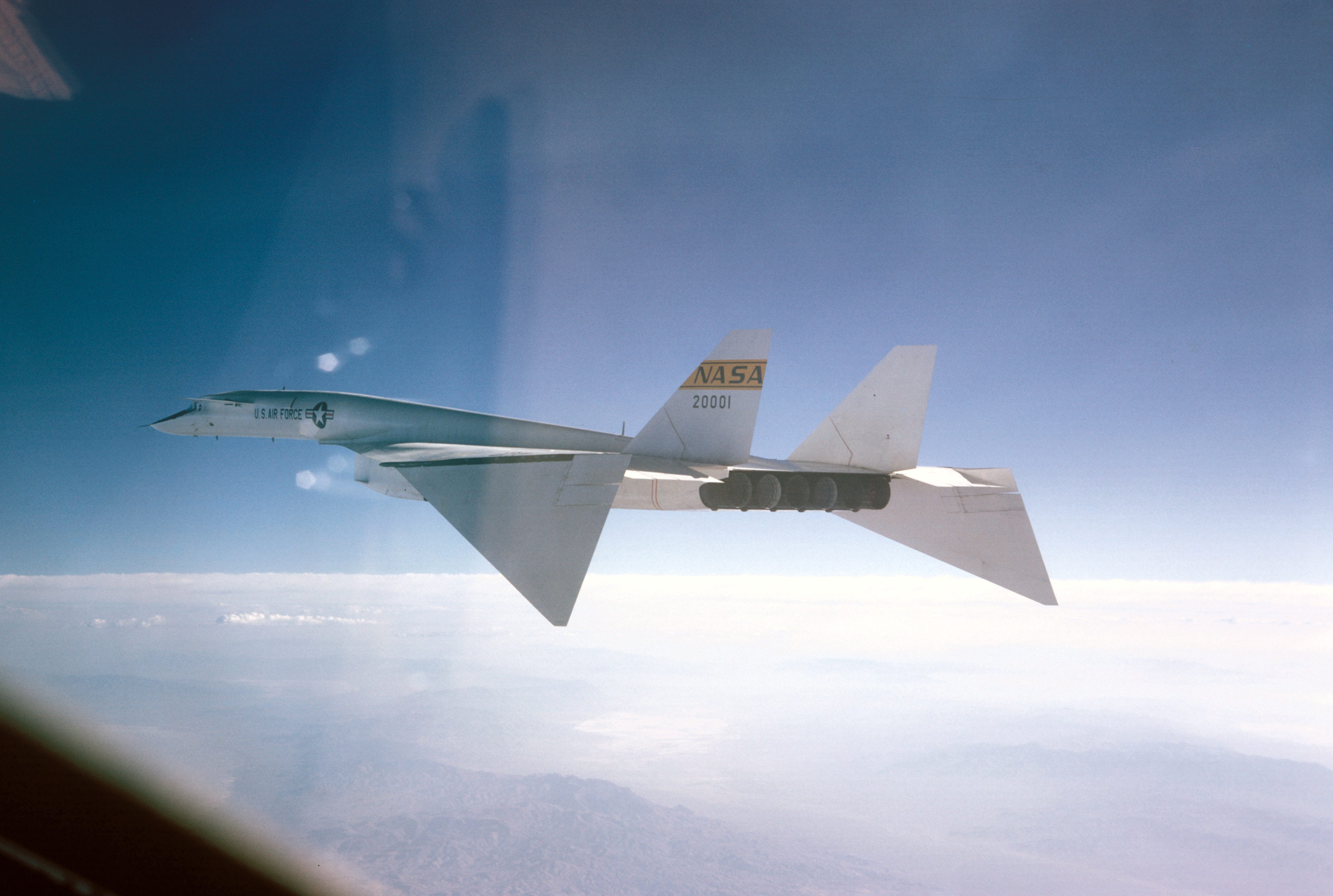
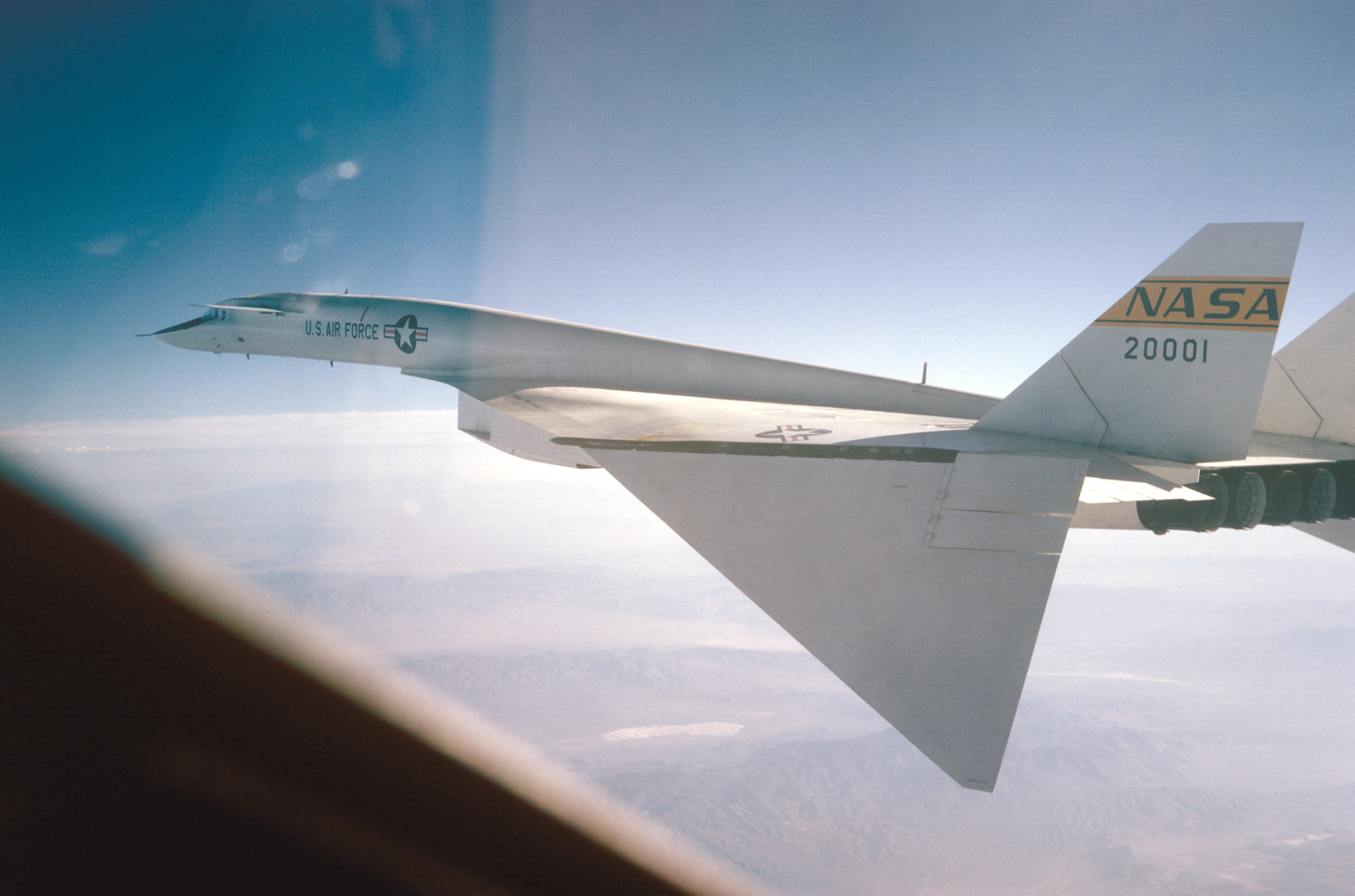
 As I was shooting some statics, an NH90 came by very low and I had to swap cameras. Just stopped thinking and grabbed for my D300, as I was holding my D90. 404 brain not found. It fell on the lens, which is now broken
As I was shooting some statics, an NH90 came by very low and I had to swap cameras. Just stopped thinking and grabbed for my D300, as I was holding my D90. 404 brain not found. It fell on the lens, which is now broken  It was the 18-105 D90 kit lens so it's not that bad, but a month ago my 120-400 died on me so I was already borrowing a 300mm F4 and waiting for an answer from Sigma.
It was the 18-105 D90 kit lens so it's not that bad, but a month ago my 120-400 died on me so I was already borrowing a 300mm F4 and waiting for an answer from Sigma.
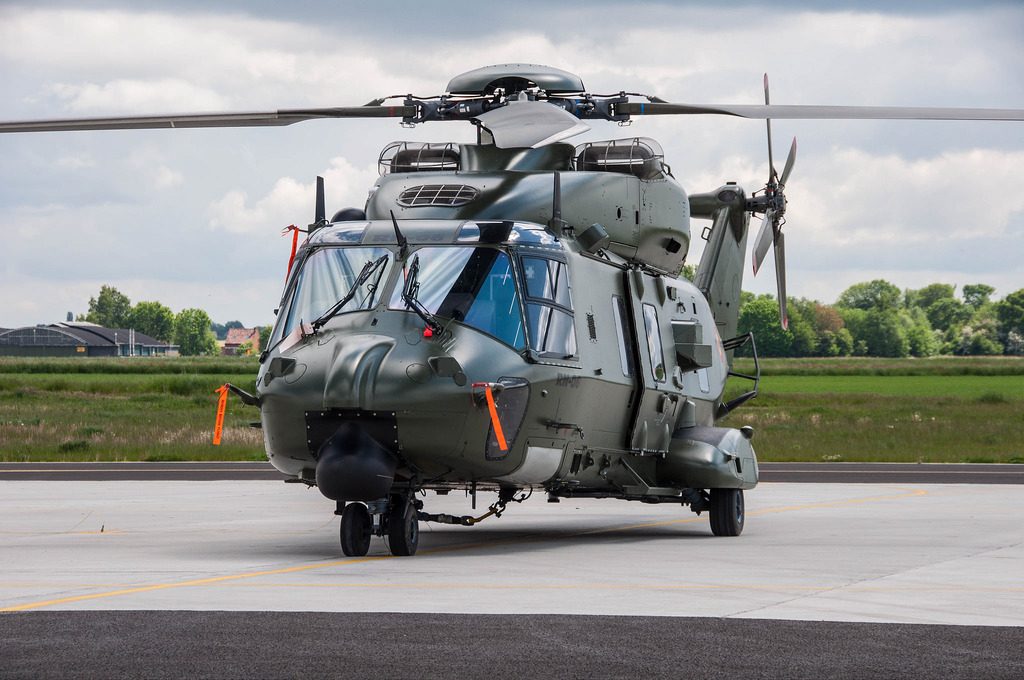
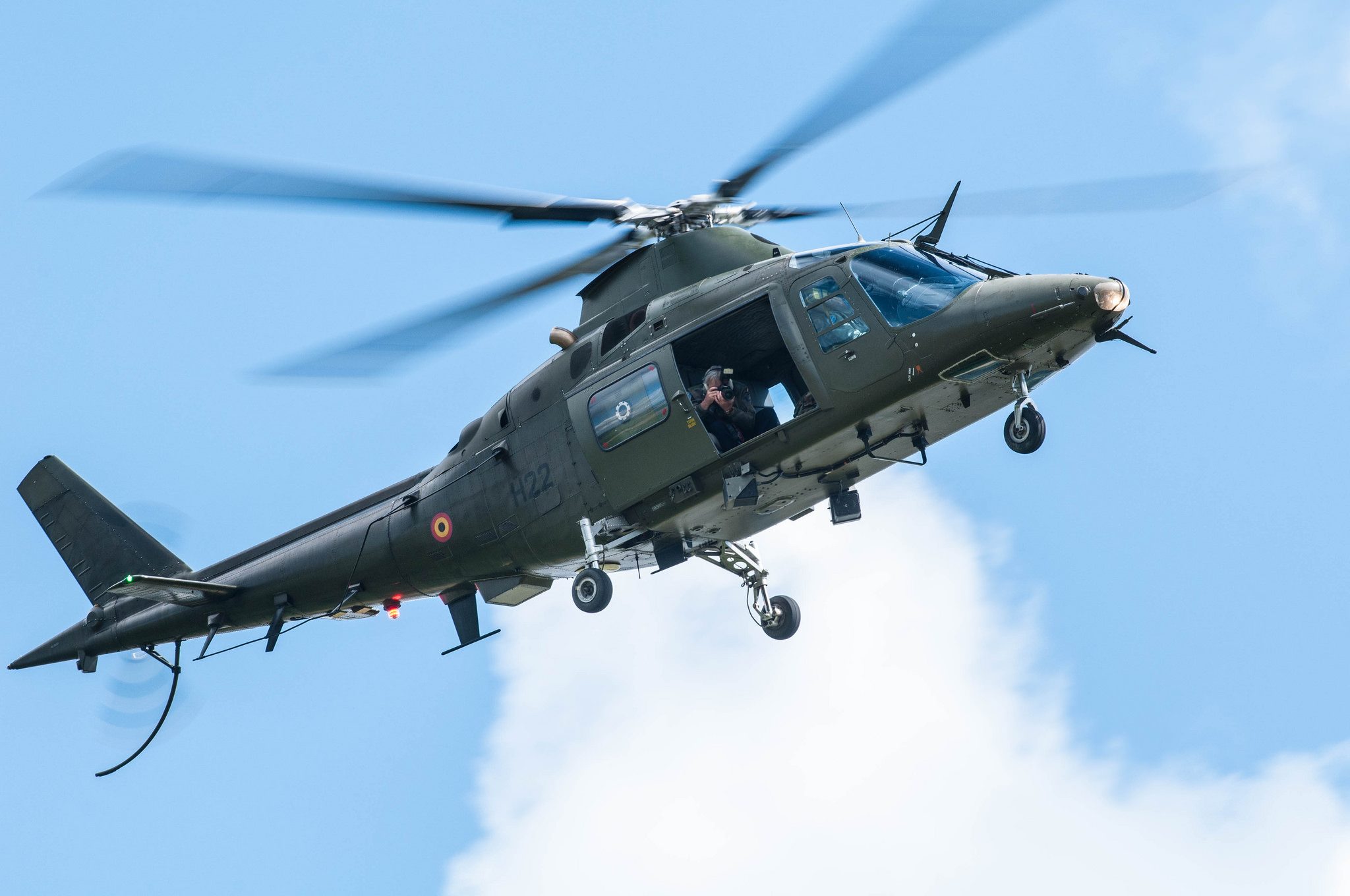

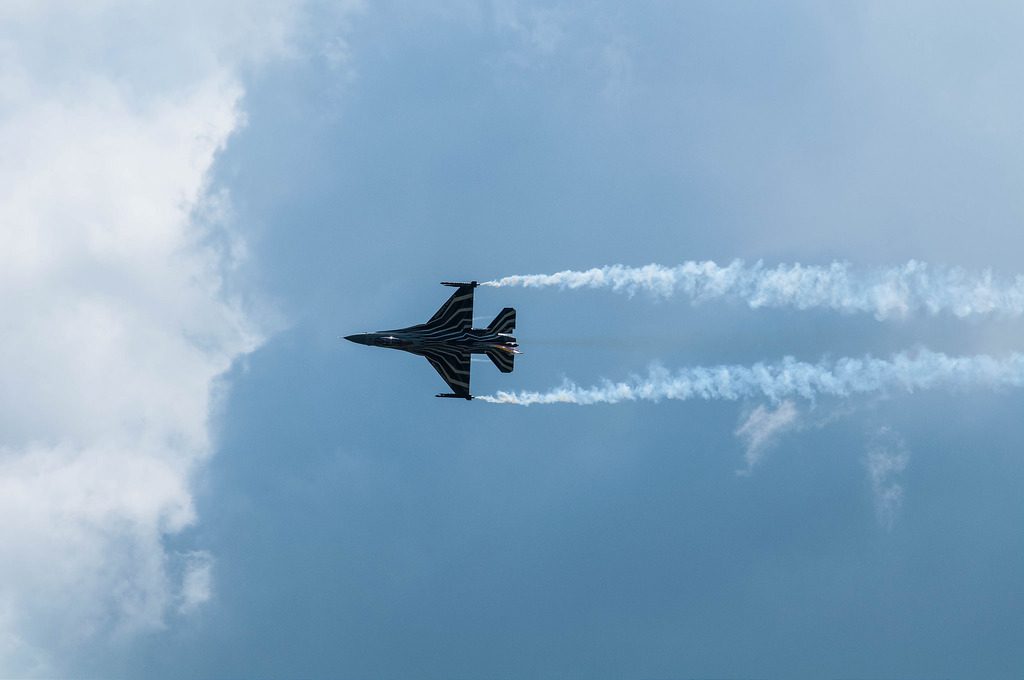
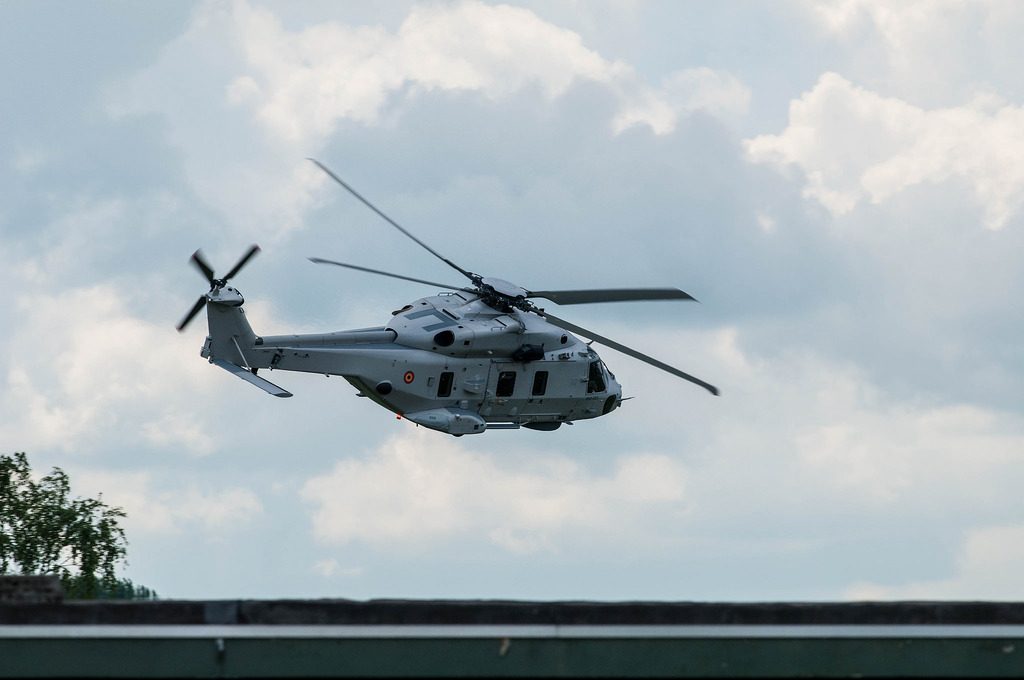
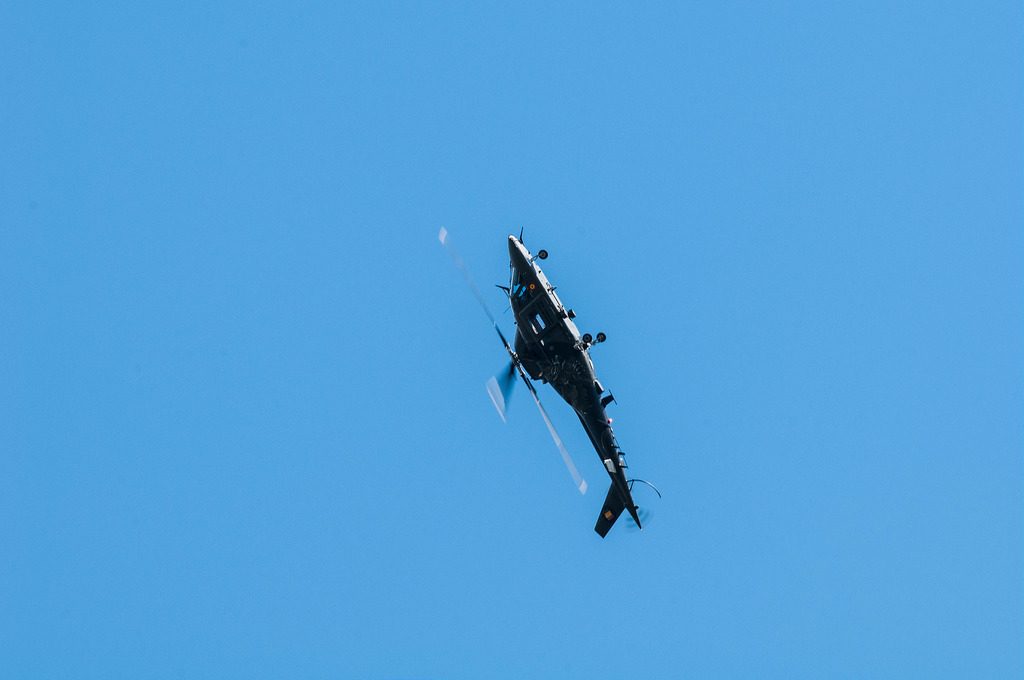
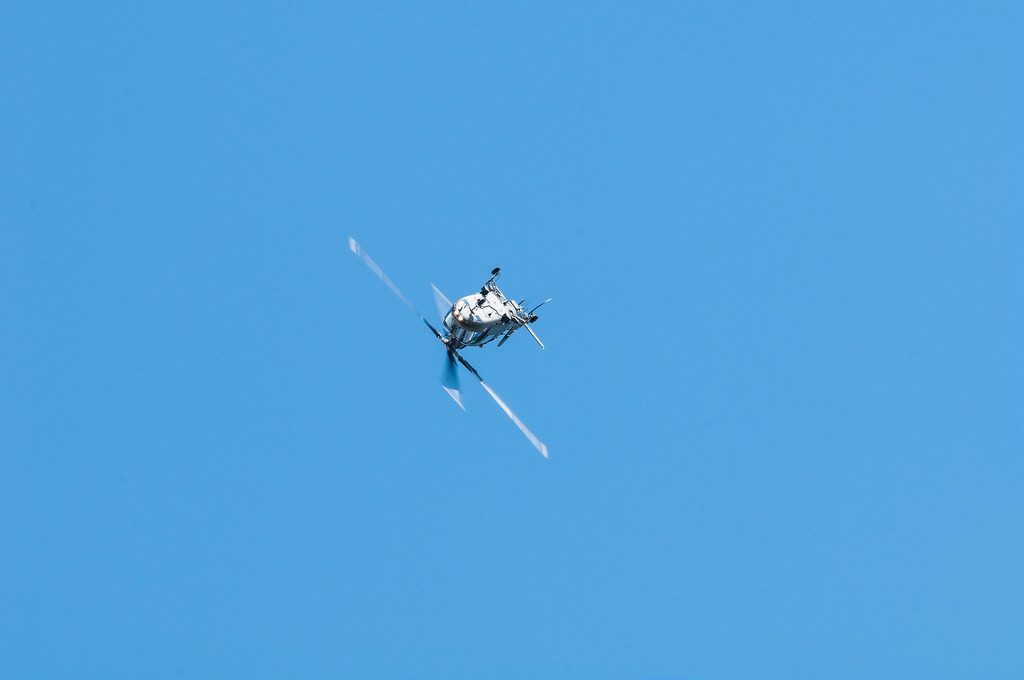
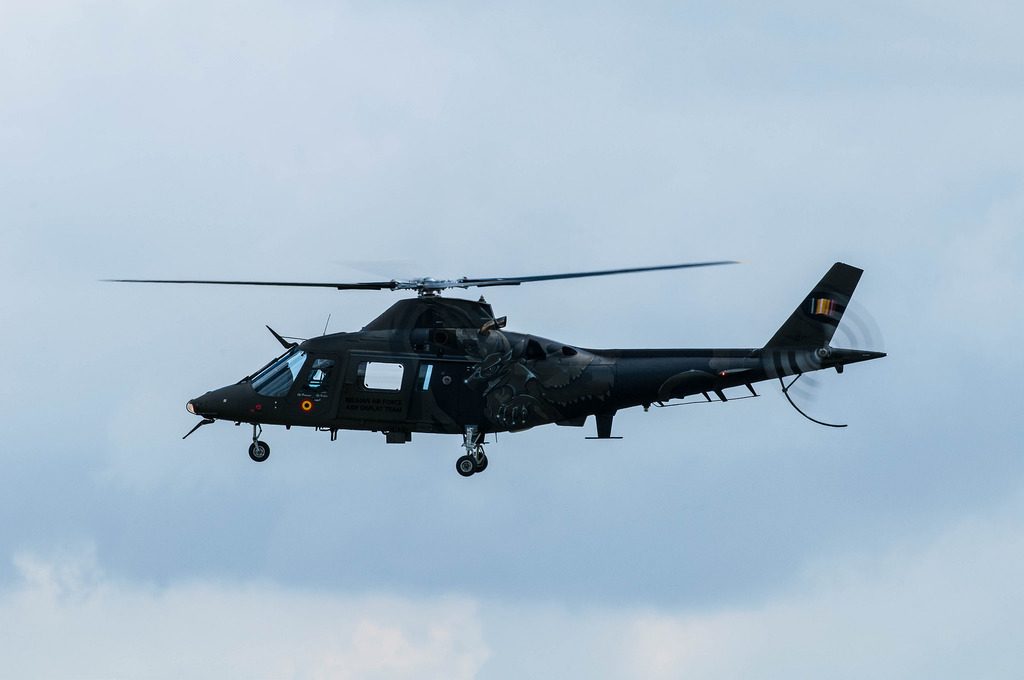
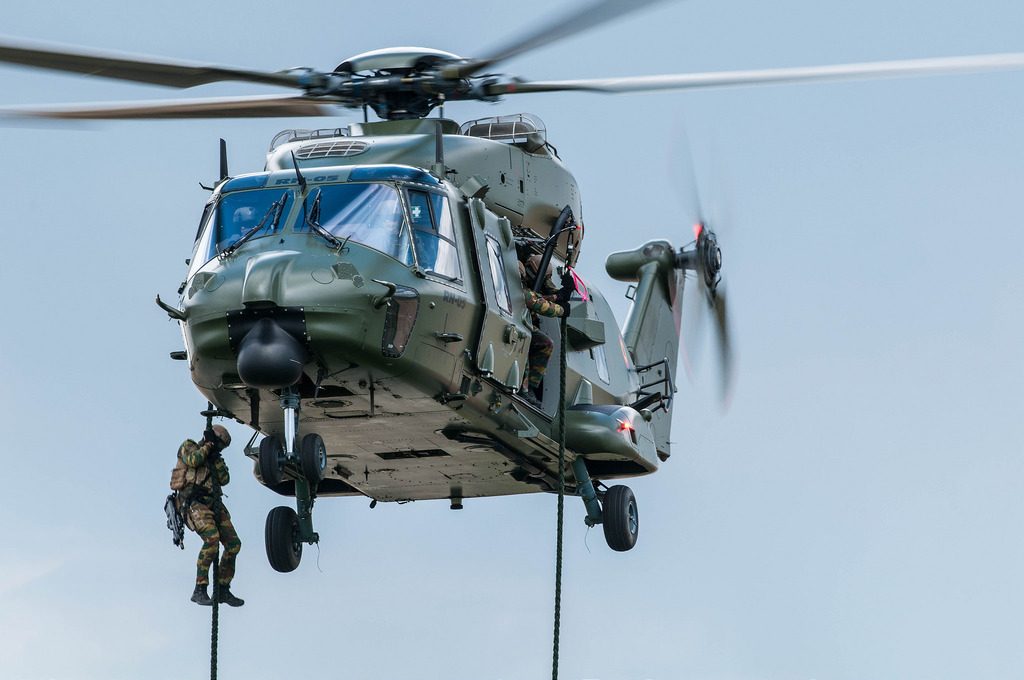
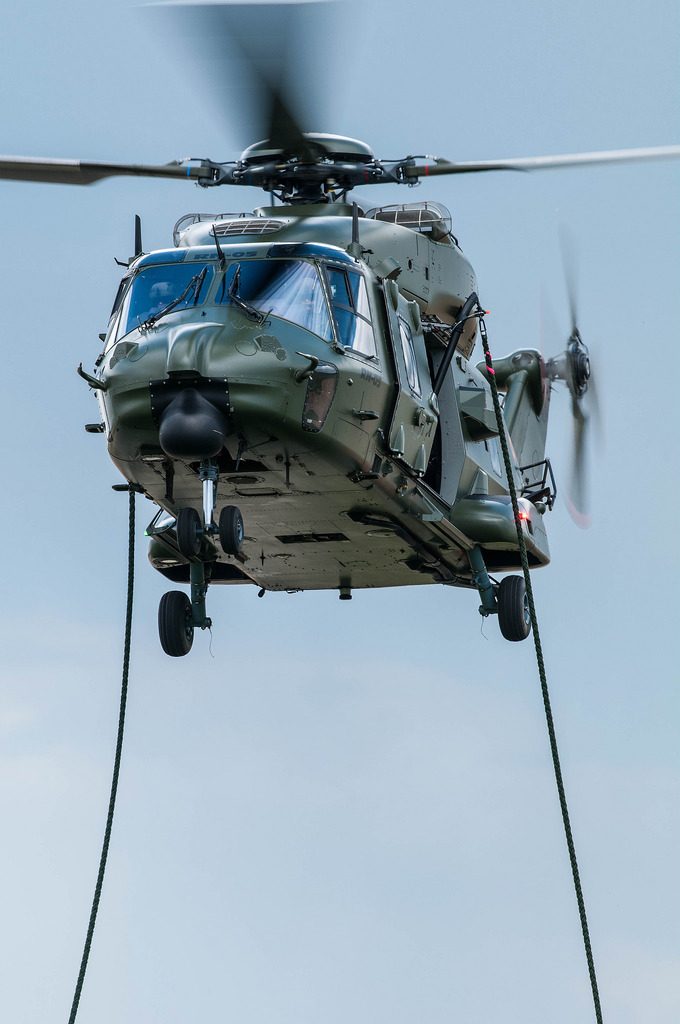
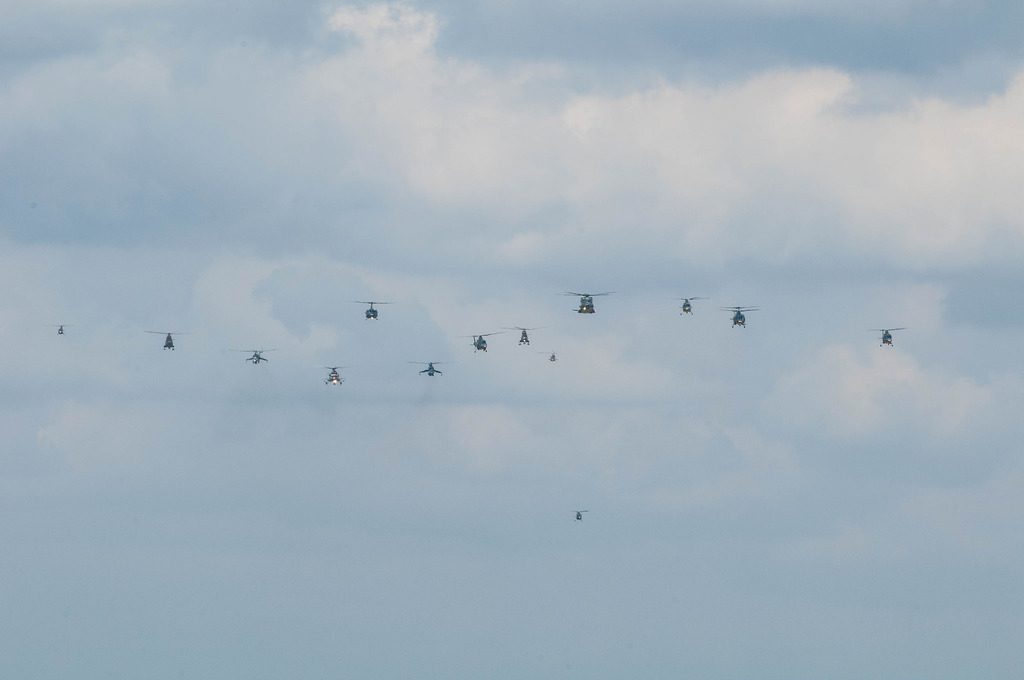
 👍
👍Stunning pictures, but it's starting to take forever to load this page on my phone.

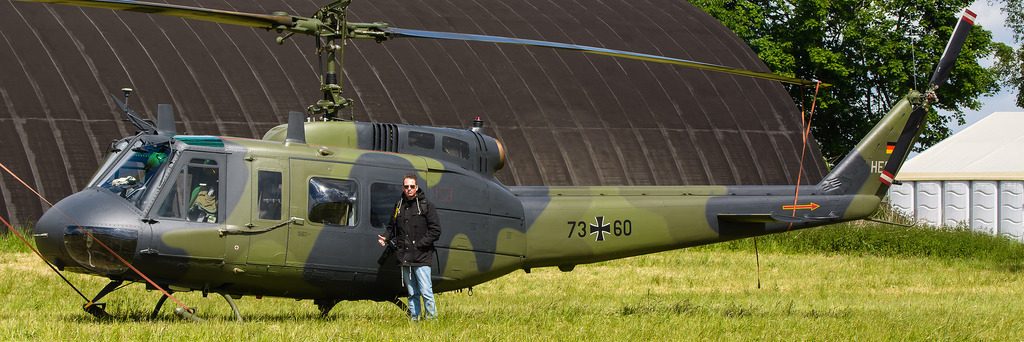

By varying the amount of torque to each rotor assembly. At higher speeds, many coaxial helicopters use actual rudders akin to fixed wing aircraft.How do aircraft with out tailrotors (Coaxial helicopters like the Kamov KA-series, and tandem-rotor helicopters like the Chinook series) control their yaw?
As I was shooting the F-16 earlier it was still in A(perture) instead of S(port) mode..